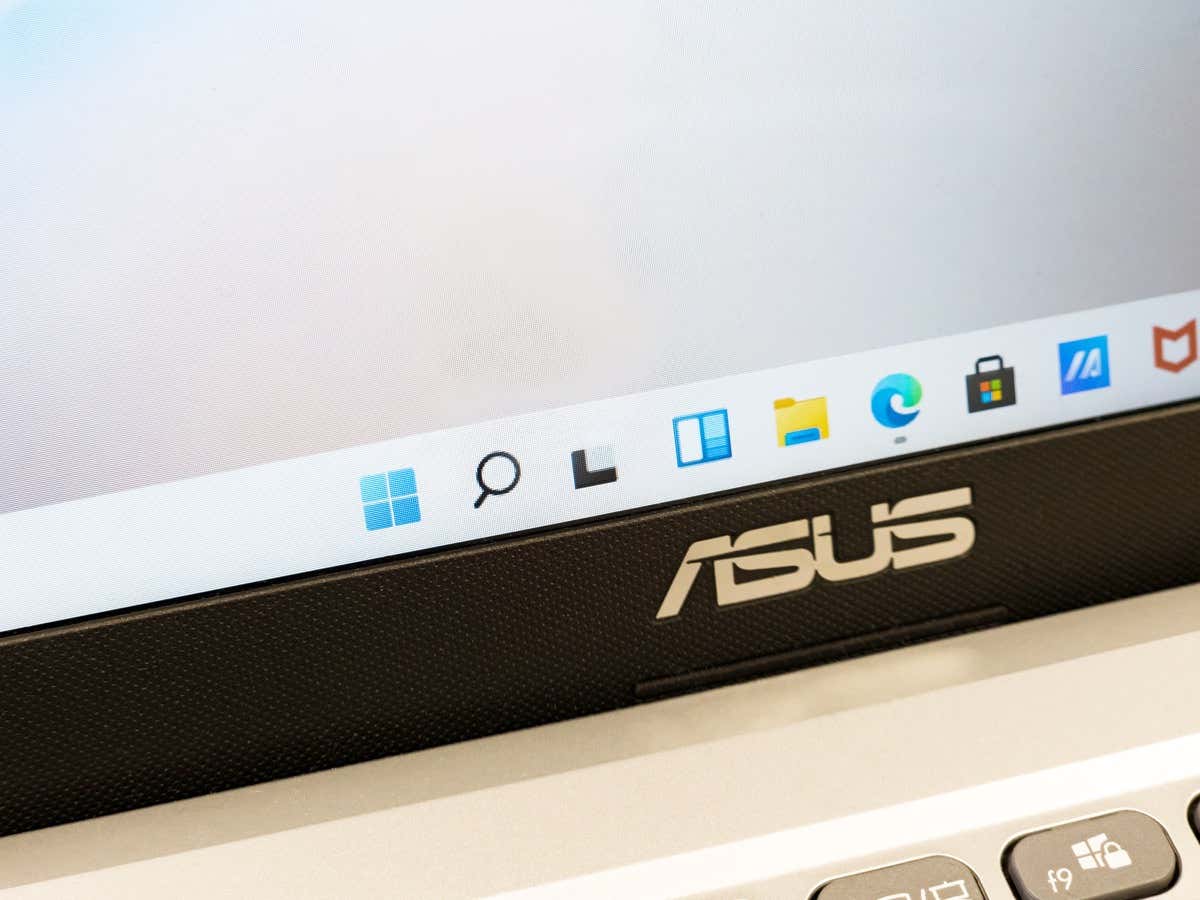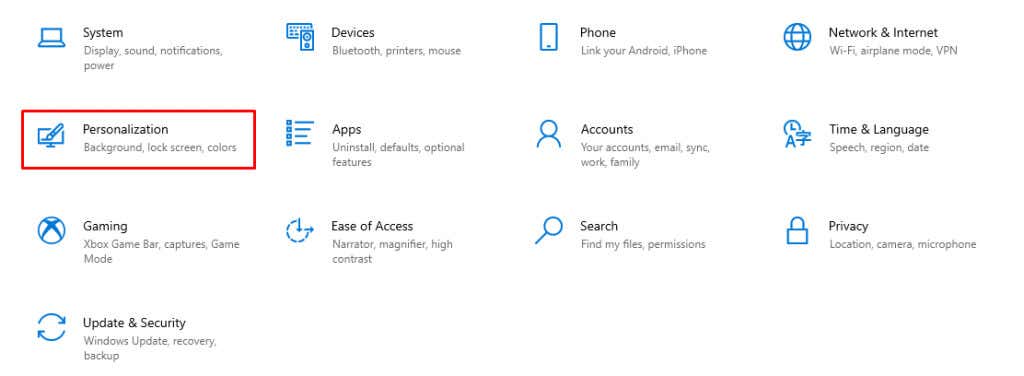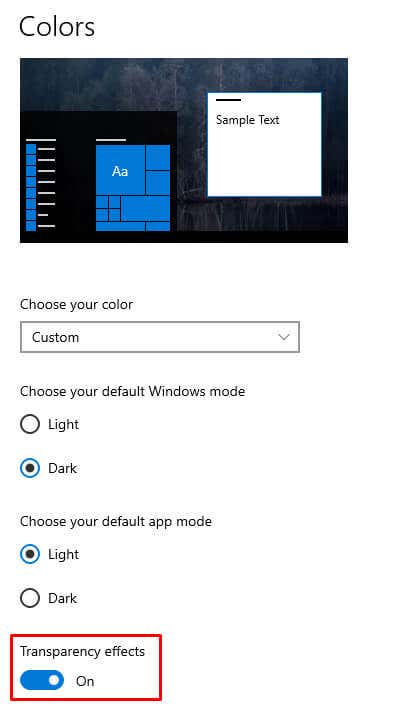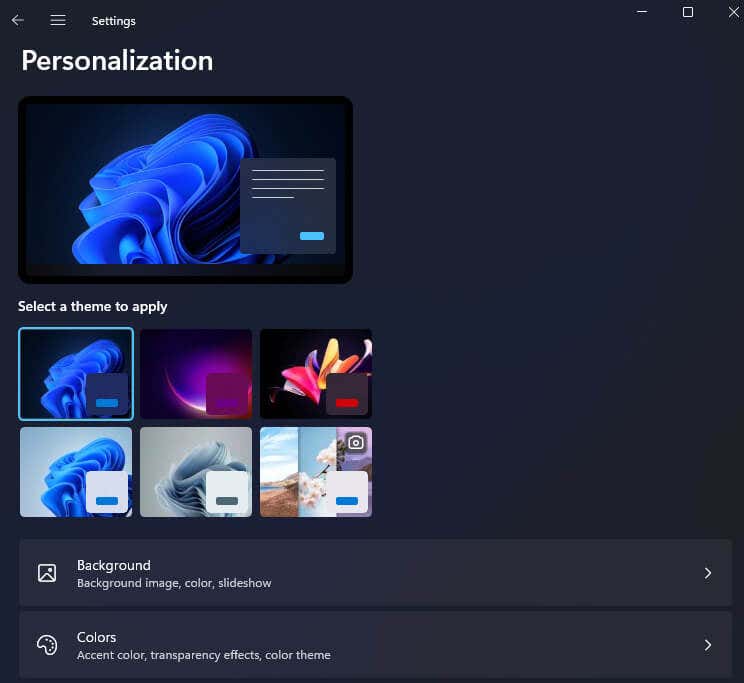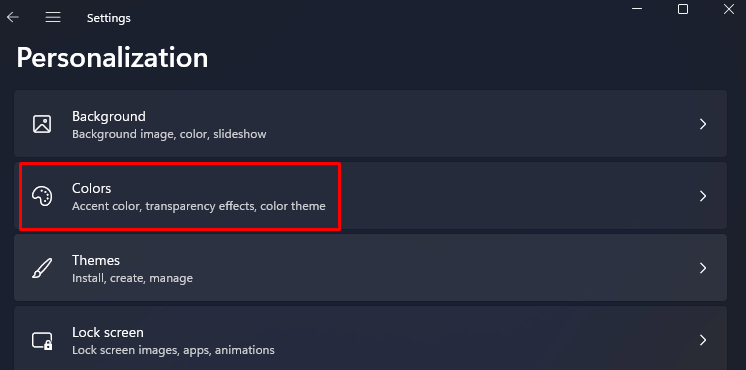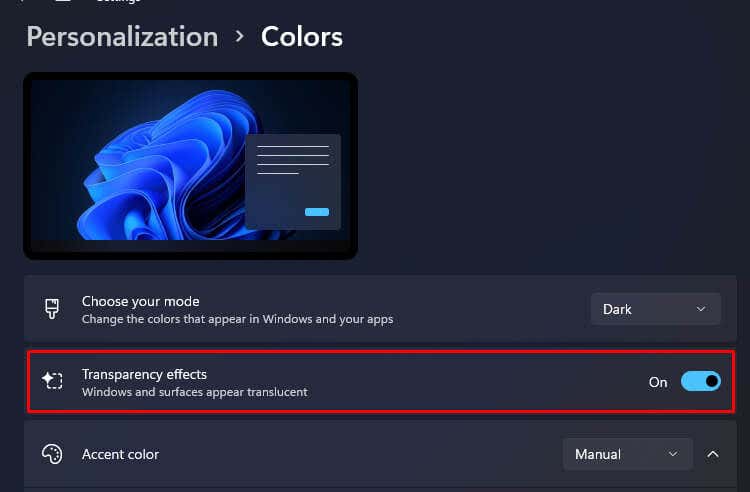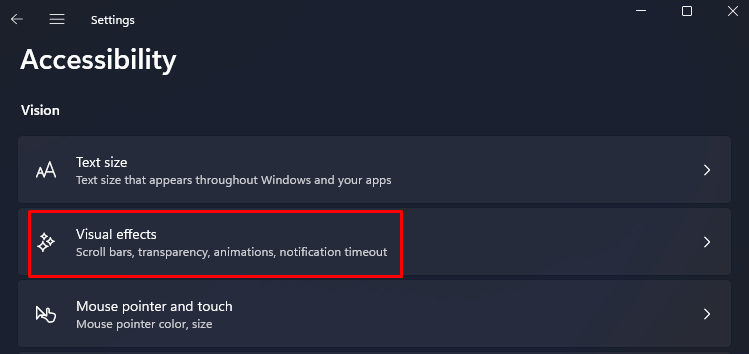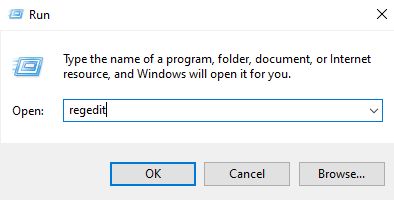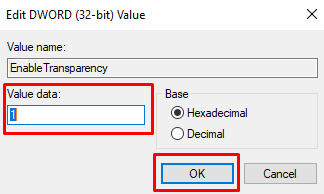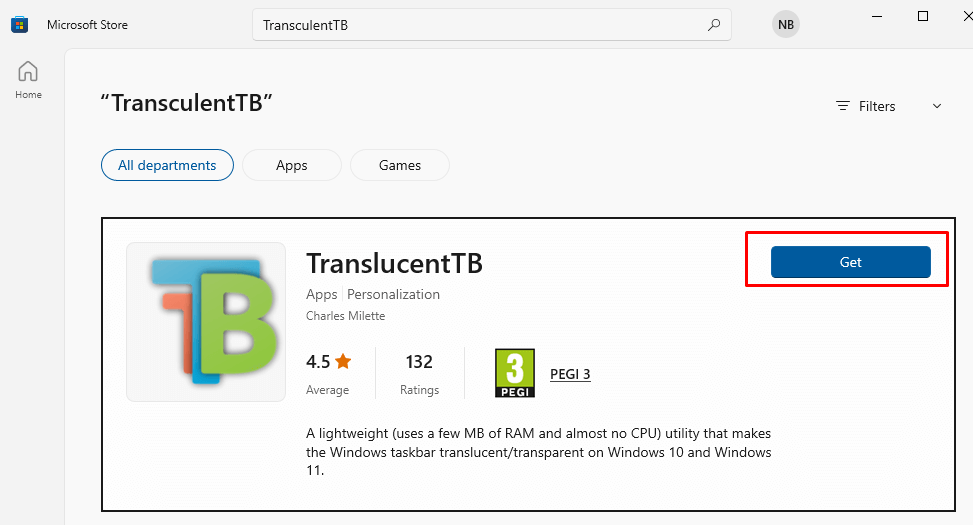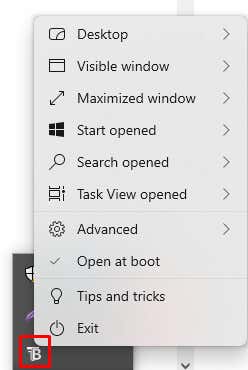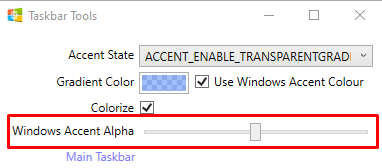One such customization is the transparent taskbar. In fact, you can choose between solid, translucent, or completely transparent. The choice will influence the start menu too. This article will show you how to make your taskbar more appealing, using both native Microsoft Windows methods and some non-native ones.
Make Taskbar Transparent from the Windows Settings
Changing the transparency of your taskbar from the Settings app is as easy as toggling it on or off. Moreover, the steps are very similar for Windows 10 and 11. However, the difference can be subtle so let’s learn about controlling transparency for each OS separately.
Taskbar Customization in Windows 10
That’s it! Your taskbar should be transparent. Now, let’s take a look at Windows 11.
Taskbar Customization in Windows 11
And that’s it. If you want to return the taskbar to a solid state, simply toggle this same option off. If you want to continue customizing your taskbar, you can add a color overlay to it. This will give the Taskbar a slight shade of a color of your choosing, and you can make some interesting-looking setups with it.
Adding a Color Overlay in Windows 10
You’ll notice the color is immediately added to the taskbar.
Adding a Color Overlay in Windows 11
Manage the Transparency of the Taskbar from Accessibility
Microsoft also allows you to control the transparency of your taskbar from the Accessibility menu in the Settings app. In Windows 10, this section is called “Ease of Access.” Let’s see the steps you’ll need to follow for both Windows 10 and Windows 11.
Transparency Management in Windows 10
And here’s what these steps look like in Windows 11.
Transparency Management in Windows 11
Manage the Transparency of the Taskbar through Windows Registry
Although it’s possible to turn on the transparency of the taskbar through Windows Registry, it’s important that you know that any misconfiguration in the system’s registry can be fatal to your operating system. That’s why it would be wise to create a system restore point, and only then try the steps described below. Back up all the important data you value if you already didn’t. You should be doing this periodically anyway. Changing taskbar transparency with the Windows registry is the same for Windows 10 and 11. The transparency added with this method is very light. But there is a way to add a bit more transparency, although there is no built-in way of making your taskbar completely transparent. For that, you’ll need to use a third-party app.
Using TransculentTB
The TransculentTB App is available in the Microsoft Store, and it’ll work on both Windows 10 and 11. This UWP app will help you personalize and manage your taskbar opacity. Here’s how it works: As you can see there are many different customization options in the TranslucentTB app. It’ll allow you not only to personalize your Taskbar, but also the search menu, start menu, and other options. This app also offers tips and tricks on how to best customize your taskbar. Go ahead and try it.
Using TaskbarTools
TaskbarTools is another third-party app that you can use to customize the taskbar. It’s also free to use, and you can install it on as many Windows devices as you want. It’ll allow you to manage the opacity of the taskbar by simply using a slider.
Now that you know how to make the Windows Taskbar transparent and customize it according to your preference, you can enjoy a sleek and modern look for your screen. Not only will it have an appealing aesthetic, but the transparency provides better visibility so you can focus on getting work done.
Just watch out for any potential compatibility problems when customizing, and be careful not to delete important system files.
